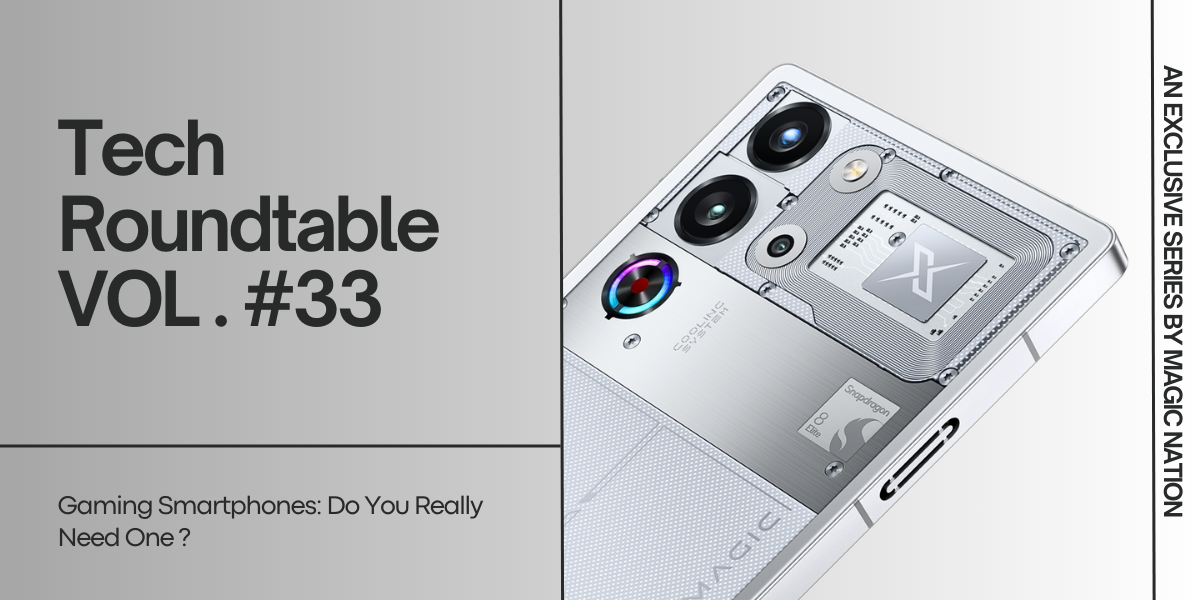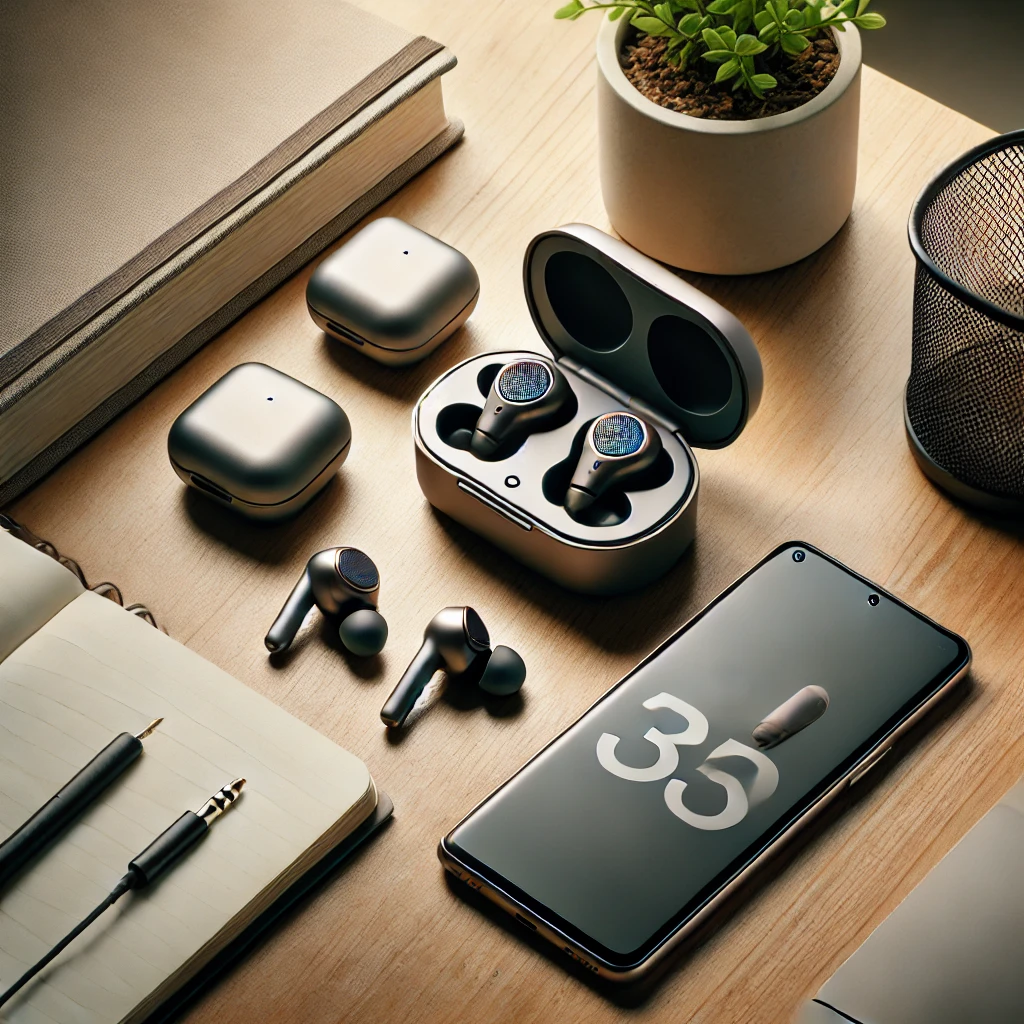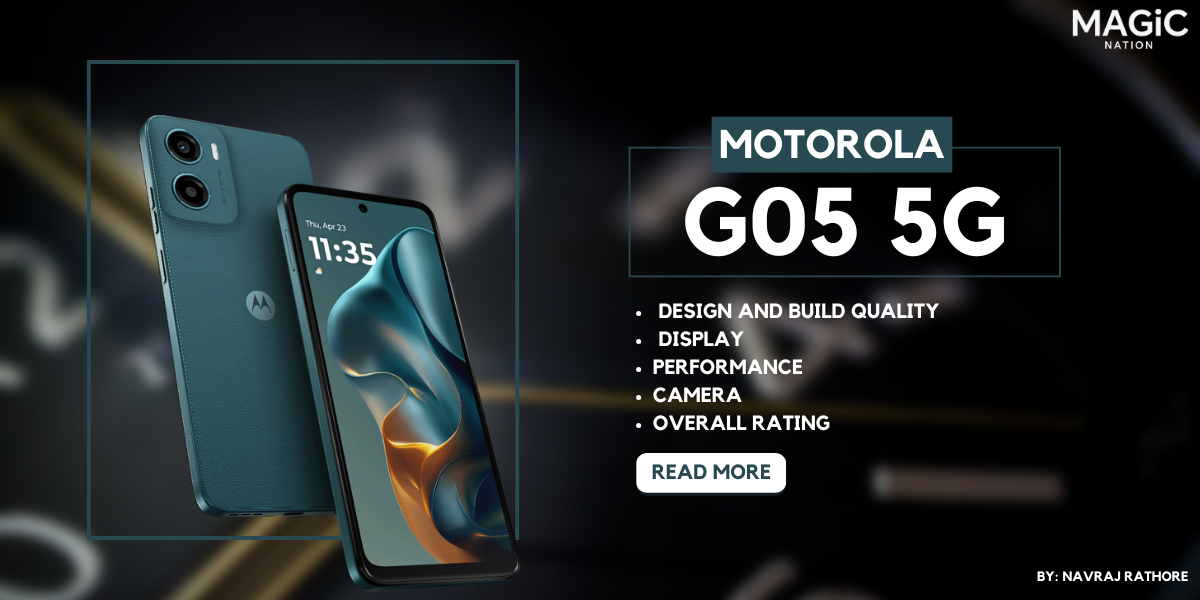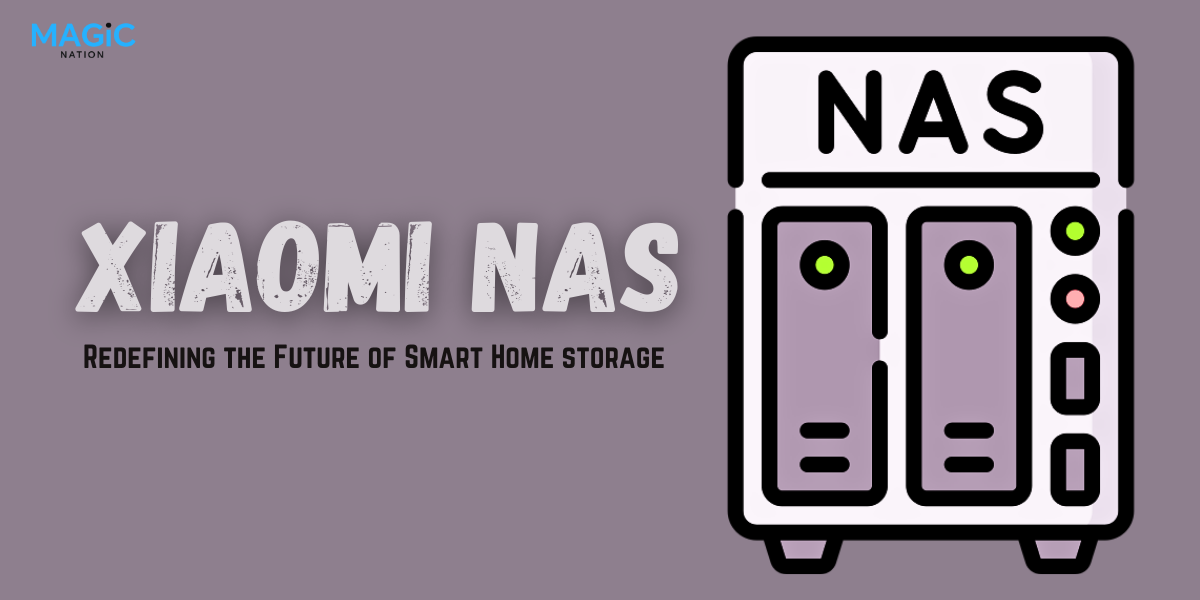Smartphone camera sensor technology has come a long way in recent years. Thanks to advances in semiconductor manufacturing and image processing algorithms, smartphone cameras are now capable of taking stunning photos and videos in a wide range of conditions.
In this article, we will take a comprehensive look at smartphone camera sensor technology. We will discuss the different types of sensors used in smartphone cameras, how they work, and the latest trends in this field.
Types of smartphone camera sensors
There are two main types of image sensors used in smartphone cameras: charge-coupled devices (CCDs) and complementary metal-oxide semiconductors (CMOS) sensors.
CCDs were the first type of image sensor to be developed, and they are still used in some high-end smartphone cameras. CCDs offer excellent image quality, but they are also more expensive and power-hungry than CMOS sensors.
CMOS sensors are the most common type of image sensor used in smartphone cameras today. CMOS sensors are less expensive and power-hungry than CCDs, and they also offer good image quality.
How smartphone camera sensors work
Image sensors work by capturing light and converting it into electrical signals. These electrical signals are then processed to create a digital image.
The basic principle behind all image sensors is the same. Each pixel in the sensor has a photodiode, which is a light-sensitive device that converts light into an electrical signal. The amount of electrical current generated by the photodiode is proportional to the amount of light that hits it.
The electrical signals from the photodiodes are then processed by an analog-to-digital converter (ADC) to create a digital image. The ADC converts the electrical signals into a series of numbers, each of which represents the brightness of a single pixel in the image.
Latest trends in smartphone camera sensor technology
There are a number of trends emerging in smartphone camera sensor technology. One trend is the increasing use of larger sensors. Larger sensors can capture more light, which results in better image quality, especially in low-light conditions.
Another trend is the use of multiple sensors in a single smartphone camera. This allows smartphone manufacturers to offer features such as optical zoom and depth sensing.
Finally, there is a growing trend towards the use of artificial intelligence (AI) in smartphone camera sensors. AI can be used to improve image quality, reduce noise, and enhance specific features in photos and videos.
Conclusion
Smartphone camera sensor technology has evolved rapidly in recent years, and it continues to improve. Thanks to advances in semiconductor manufacturing and image processing algorithms, smartphone cameras are now capable of taking stunning photos and videos in a wide range of conditions.
Here are some additional details about the latest trends in smartphone camera sensor technology:
Large sensors- Smartphone manufacturers are increasingly using larger sensors in their flagship devices. For example, the Samsung Galaxy S23 Ultra features a 200MP sensor, which is one of the largest sensors ever used in a smartphone. Larger sensors can capture more light, which results in better image quality, especially in low-light conditions.
Multiple sensors- Many smartphones now feature multiple sensors in their rear camera system. This allows smartphone manufacturers to offer features such as optical zoom and depth sensing. For example, the iPhone 14 Pro features a triple-lens rear camera system with a main wide lens, an ultrawide lens, and a telephoto lens. The telephoto lens offers 3x optical zoom, which allows you to take close-up photos without losing quality.
AI- AI is playing an increasingly important role in smartphone camera sensor technology. AI can be used to improve image quality, reduce noise, and enhance specific features in photos and videos. For example, the Google Pixel 6 Pro uses AI to power its Magic Eraser feature, which can remove unwanted objects from photos with a single tap.
Overall, smartphone camera sensor technology is in a state of rapid evolution. As sensors become larger and more sophisticated, and AI plays an even greater role, we can expect to see even more amazing photos and videos from smartphones in the future.
Smartphone Camera Sensor Technology: A Comprehensive Guide
Post Reply
3 posts
• Page 1 of 1
-
- Information
-
Who is online
Users browsing this forum: No registered users and 12 guests
Recent Posts

Intra circle Roaming
Mon Jan 20, 2025 10:27 pm
Syed_Nabi23
131
2

HONOR Magic7 Pro's AI Super Zoom: A Game-Changer for Telephoto Photography
Sun Jan 19, 2025 8:16 pm
sarthhkk
230
2

Tech Roundtable VOL. #33 - Gaming Smartphones: Do You Really Need One
Thu Jan 16, 2025 11:55 pm
sarthhkk
202
2

AMRIT UDYAN TO OPEN FOR PUBLIC FROM FEBRUARY 2
Tue Jan 21, 2025 11:01 pm
Syed_Nabi23
85
1

Best Budget Earbuds Under ₹3,000: Power, Style, and Savings
Sun Jan 19, 2025 4:57 pm
Cozycupcake
185
2

Leaving Your Laptop Plugged In Ruins the Battery: Fact or Myth? - MBM Episode #3
Mon Jan 20, 2025 11:14 am
Navraj rathore
132
1

Moto G05 Review: Is This the Best Budget Smartphone of 2025? 🤔
Fri Jan 17, 2025 1:37 pm
Navraj rathore
219
2

Xiaomi NAS: Redefining the Future of Smart Home Storage
Sat Jan 18, 2025 3:07 pm
sarthhkk
221
1

Honor Magic7 RSR: Redefining Luxury and Performance
Fri Jan 17, 2025 5:00 pm
sarthhkk
274
2

Best Laptop Deals to Grab in Amazon Great Republic Day Sale 2025
Thu Jan 16, 2025 8:35 pm
sarthhkk
270
1
- Copyright © 2024 Magicnation. All rights reserved.
